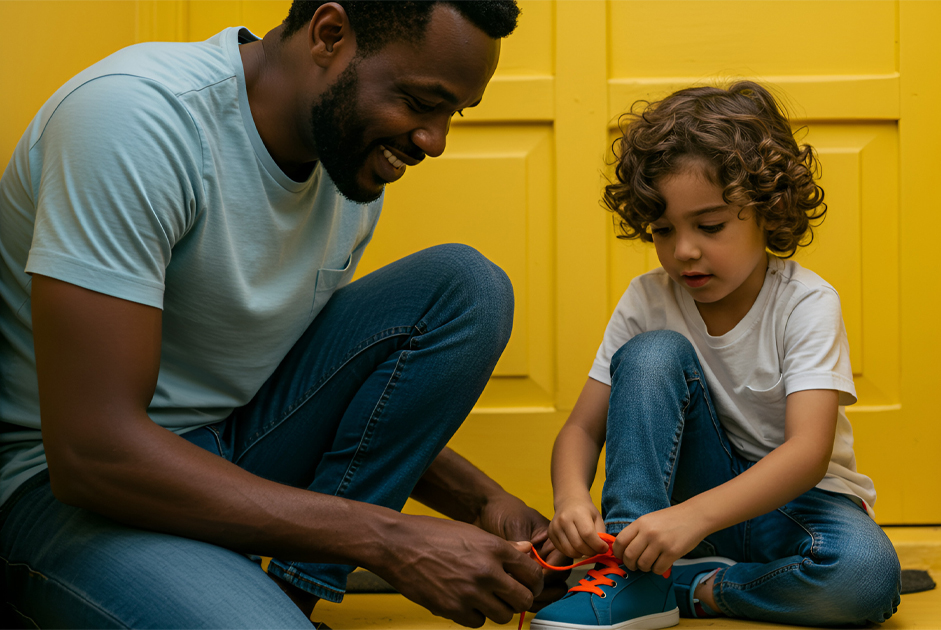“Little boy blue and the man in the moon…”
There’s an interesting posting on social media by entrepreneur and writer Sahil Bloom. In it, he summarizes six graphs of data (source: American Time Use Survey. Our World in Data.) on how humans spend their time throughout most of their life (age 15 to 85), divided into six categories (a rise is more, and a drop is less time spent accordingly). Note, the data I reference is from his source; however, the comments and assumptions included here are all mine.
First, is the “time spent with parents and siblings.” The chart indicates beginning at age 15, the line immediately drops steeply in time spent until it levels out at a much lower range at age 24 and beyond. The initial sharp decline likely occurs when one begins to drive, and continues when one goes to college or begins a full-time job. At age 24 and beyond, the consistent low-level interaction is possibly the cumulative average of time spent mostly on the phone, combined with more infrequent visits. Most notable here is that after teens begin to drive, parents can expect to see continually less and less of their children henceforth; this helps you view their license from a different perspective.
Slide two relates to “time spent with friends.” Here, the time spent together increases sharply from age 16 to 19. Likely a result of getting their driver’s license. However, from age 19, the time together begins to drop sharply to their late 20s, until it softens and plateaus between the mid to late 30s. It seems our high school years are when we are making the most connections in quantity and time spent. Those connections dwindle to a select group by the time we’re in our 30s, and they’re the ones we appear to remain with from that point forward. If you’re currently in your 20s, you may want to consider whom you’re spending your life moments with presently, that you think will stand the test of time.
Slide three is “time spent with your life partner.” Here, not surprisingly, it’s at its lowest at age 15. From there, it rises sharply to age 32 when it plateaus, until age 61. At this age, it rises sharply again and continues until the end. If you’re in the 30-59 age range, it’s important to continuously strengthen your bond with your partner. Find ways to make his or her life easier, happier and healthier. You’ll need this in the next phase of your relationship, where true love, patience, understanding and compassion are displayed to their fullest.
Slide four looks at “parents’ time spent with their children.” Here the time trends sharply upwards from age 18 until age 33. It plateaus between ages 33 and 40 and begins its sharp downward trajectory until age 60. From age 60 forward, the downward trend is softer, yet is still continuous. It appears that a parent’s impact is felt significantly until their children reach 40. By then, my assumption is the children’s children are growing up, and with time spent relating to their children’s adult problems now, combined with empty nest syndrome, I imagine they’re just trying to figure their lives out at this stage. This leaves less time for their parents.
Slide five is “time with coworkers.” Here it rises sharply at age 16 to 24, where it plateaus and remains constant until your mid-50s. From there, it declines consistently until retirement. This graph, in showing the remarkable amount of time spent with coworkers for essentially three decades or more, emphasizes the importance of liking your work, along with most of the people you work with. The impact is tremendous.
Lastly, slide six is about “time spent alone.” Here, it rises steadily from ages 15 to 20, plateaus from 20 to 40, and then begins to sharply rise further from that point forward. Interestingly, from your late 40s onward, your time spent alone is twice as much as the time spent with your life partner. This would indicate our ability to be alone with ourselves is a skill one needs to hone carefully and successfully, otherwise, it can be a difficult journey.
We can gather important points from all this. Our choice of life partners and occupations play a significant role in how our lives turn out – so choose wisely. Ultimately, we end up with only a handful of lasting, sincere friendships; take this into account and nurture those relationships. And, Harry Chapin said it best (Cats In The Cradle) when it comes to parents and children. Cherish every moment with them, and hope they’ll return the favor someday. Finally, your time spent alone, combined with your partner, represents the overwhelming majority of your life. Thus, indicating the importance of learning to love yourself, along with nurturing and enriching your relationship with your partner, in order to achieve maximum fulfillment in your life.
“It is the time you spend on your rose that makes your rose so important.” – Quote from “The Little Prince” by Antoine de Saint-Exupéry.
To comment and see more visit theviewfrommysection.com.



















